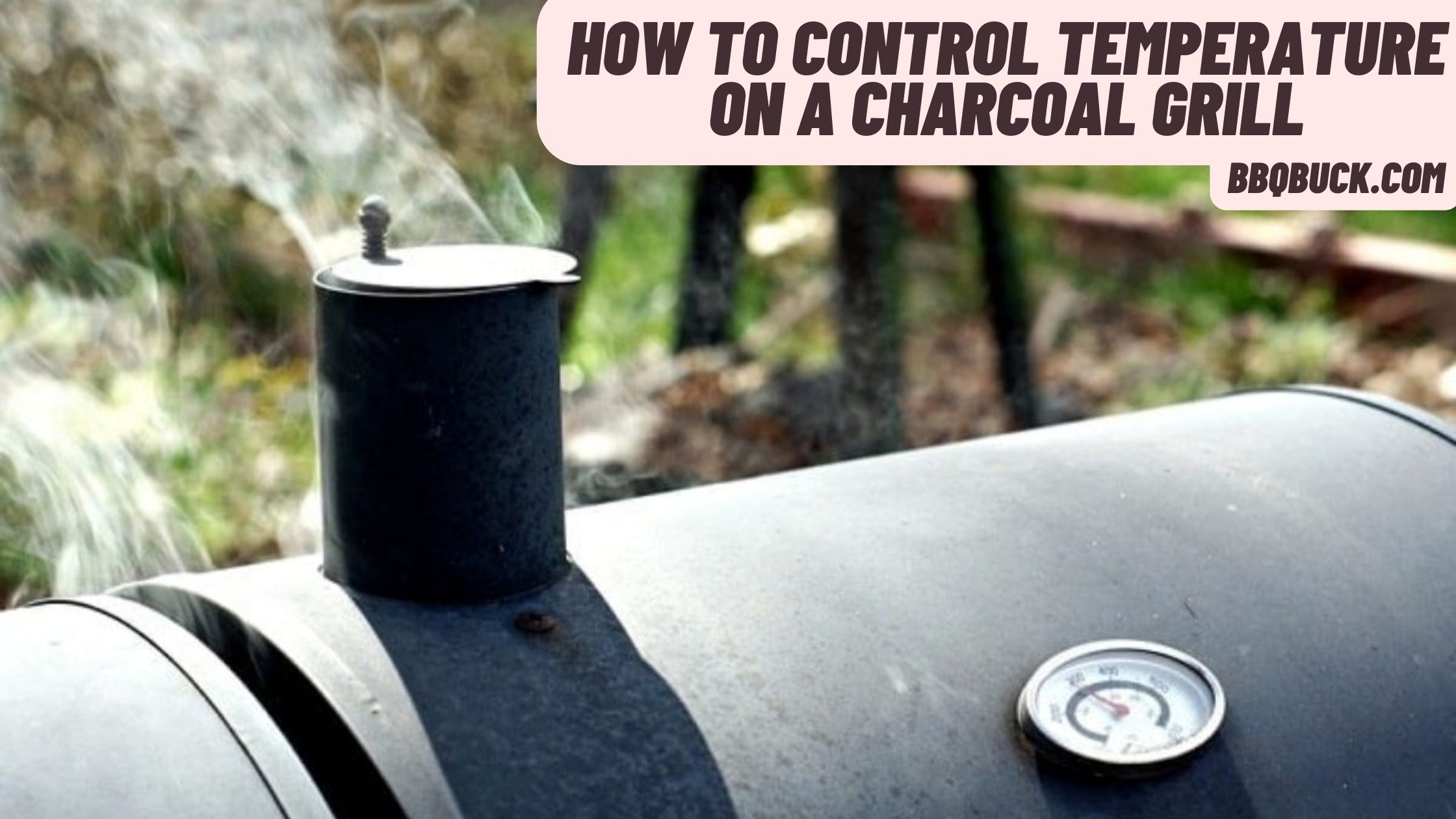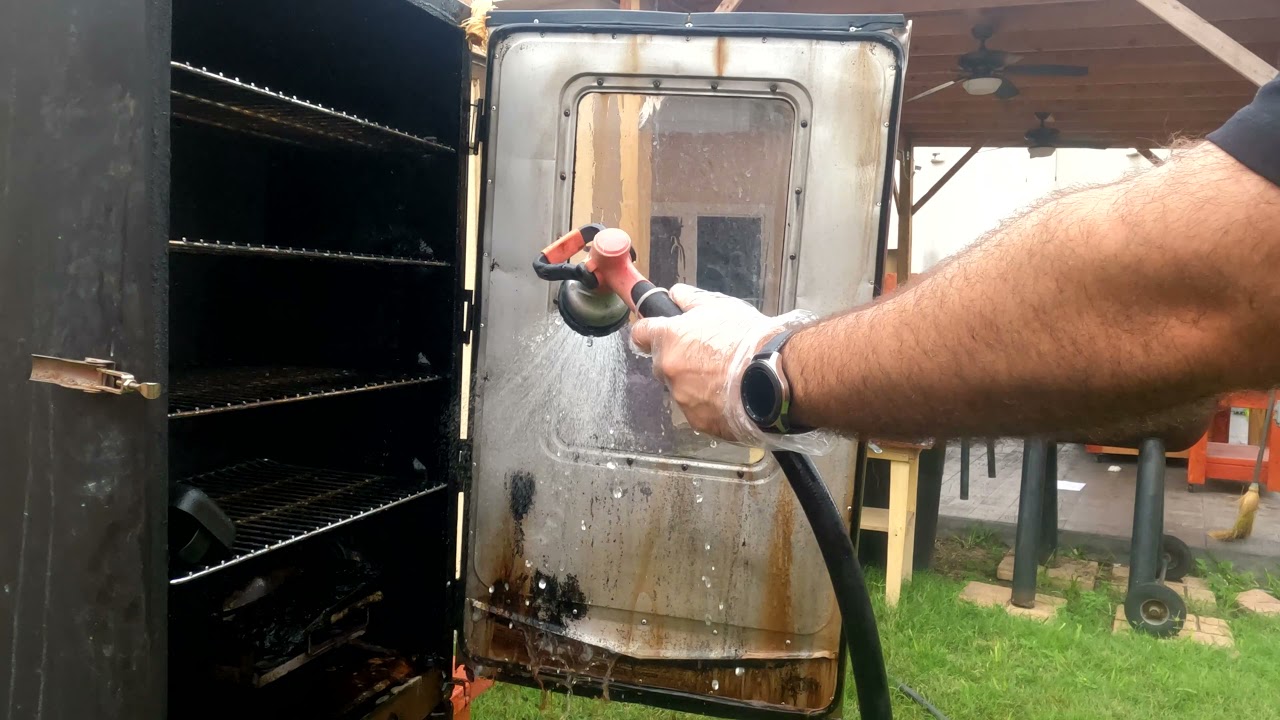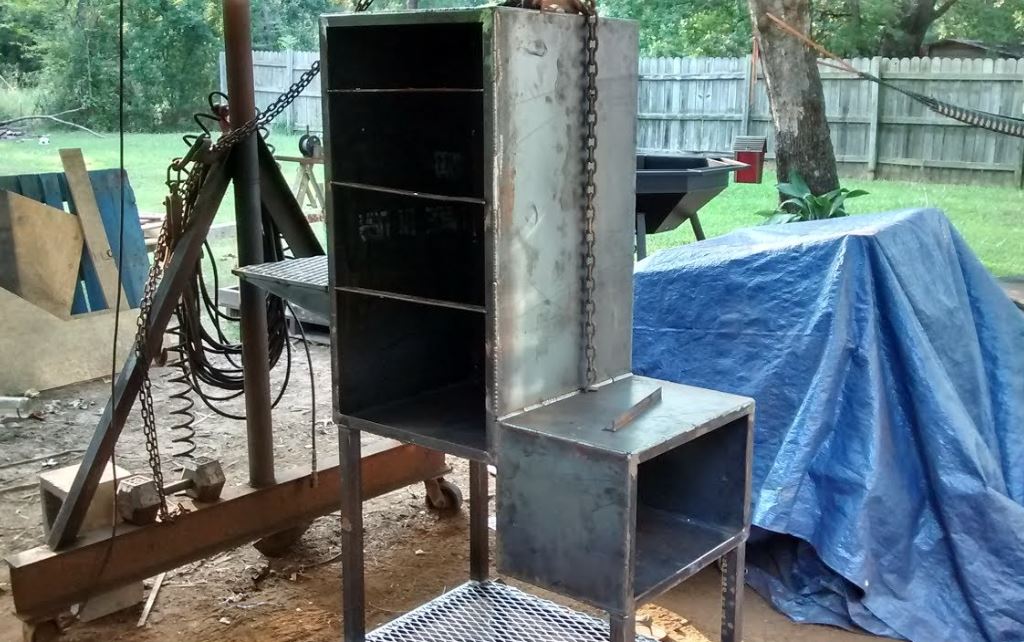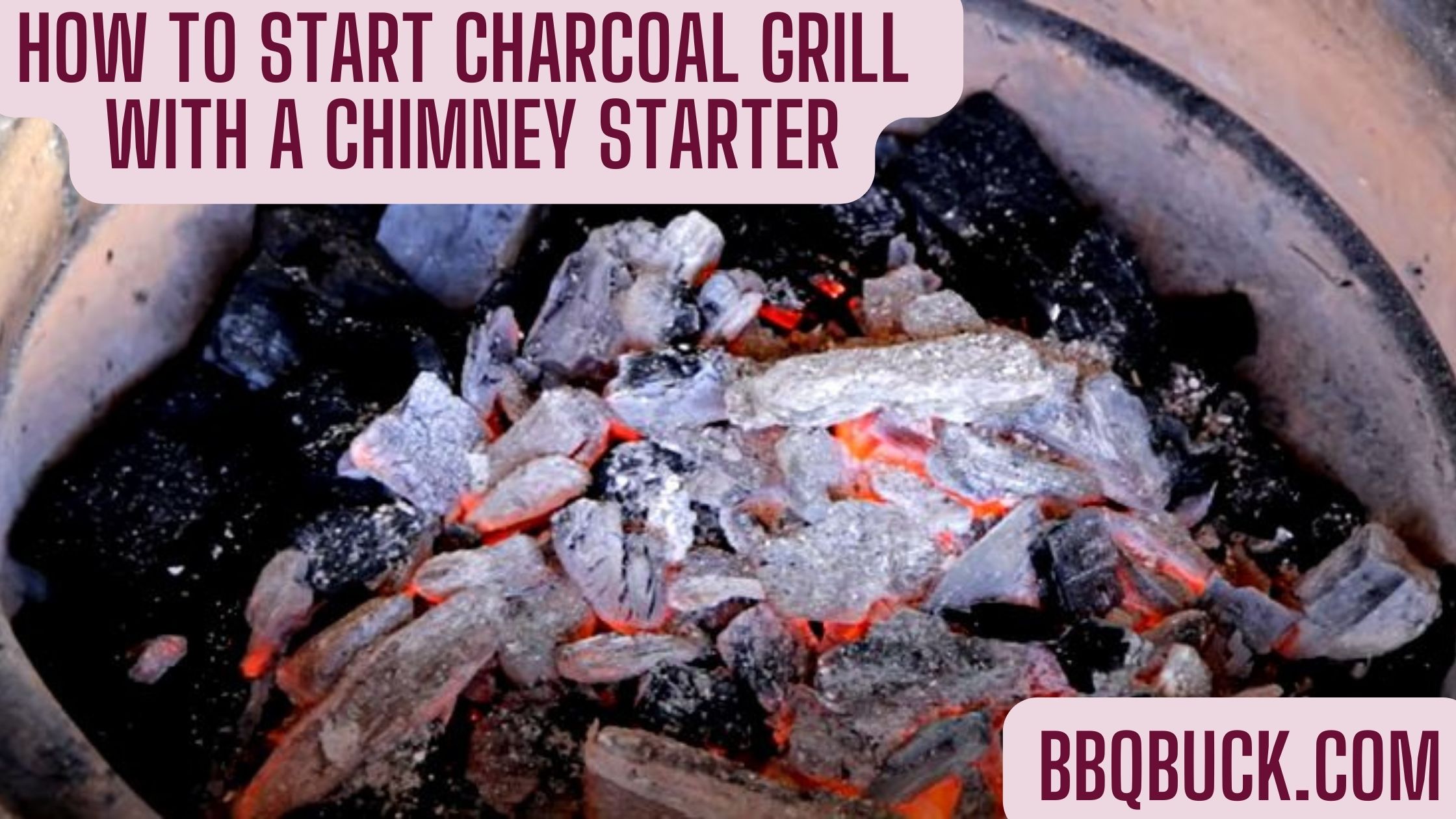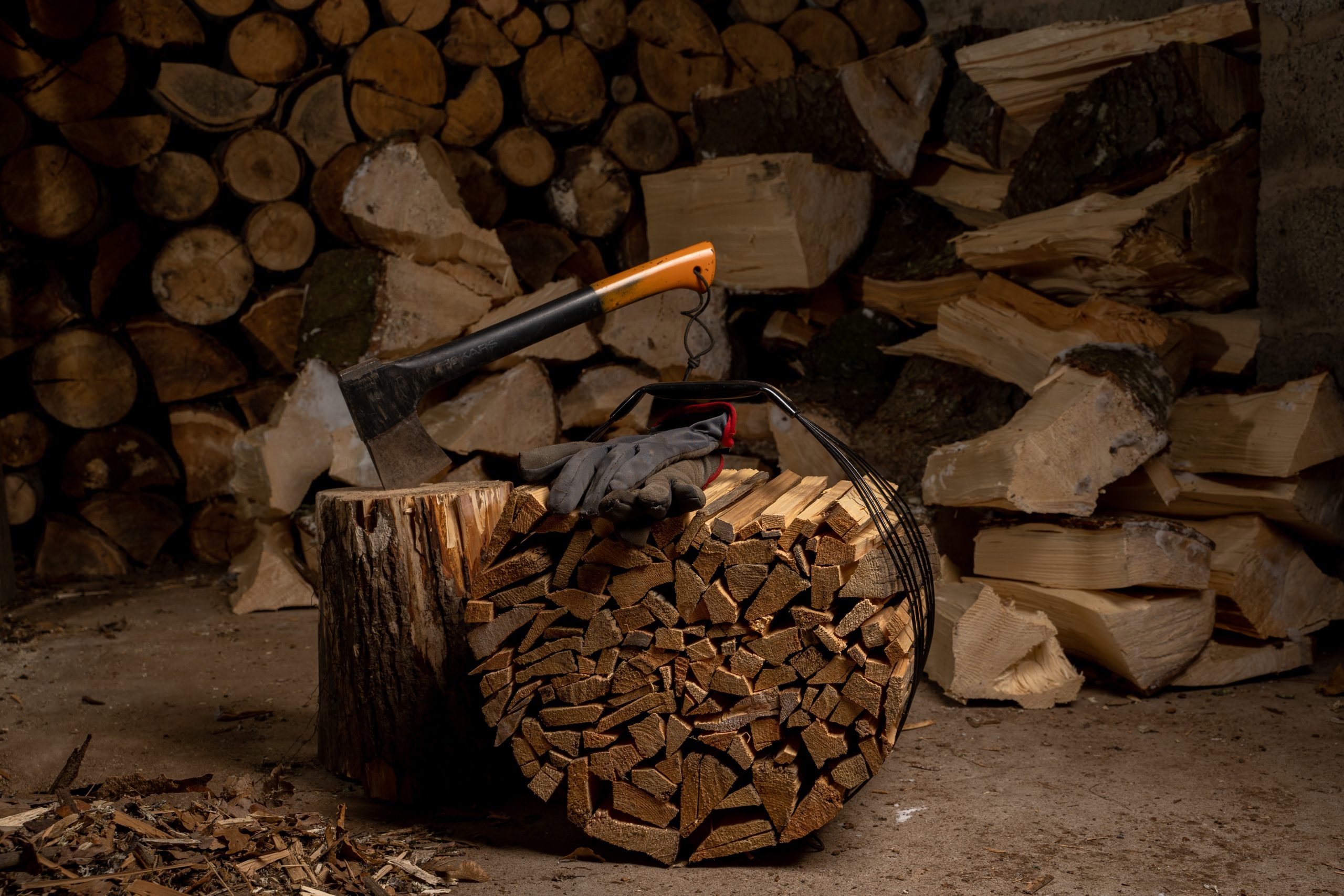Unlock the secrets of liquid smoke, from its intriguing origin story to innovative ways to incorporate it into your culinary adventures. In this comprehensive guide, we delve into the controversies surrounding this flavor enhancer, its diverse applications, and even how you can craft your own liquid smoke at home.

Understanding Liquid Smoke:
1. A Culinary Alchemy:
Discover the fascinating journey of liquid smoke, a creation rooted in necessity. Invented by Ernest H. Wright during his teenage years, this smoky elixir emerged from observing black liquid dripping from a stove used to heat a print shop. As a scientist, Wright later revealed that this phenomenon occurred when smoke interacted with air.
2. Liquid Smoke in the BBQ Community:
Despite being criticized in the BBQBuck community as a shortcut for infusing smoke flavor, liquid smoke has its merits, especially for those without access to a smoker. Let’s debunk myths and explore the genuine value of this controversial flavoring.
Unveiling the Liquid Smoke:
1. What Is Liquid Smoke:
Demystify liquid smoke as a condensed flavoring derived from actual smoke. Born out of wood vinegar used in the 17th century, the modern liquid smoke we know was officially invented by Ernest H. Wright in 1895. Learn about the FDA approval in the 1960s that propelled liquid smoke into the shelves of supermarkets nationwide.
2. The Alchemy of Production:
Delve into the production process, where smoke from burning wood chips transforms into a water-soluble liquid. Uncover the nuances of refining liquid smoke, removing impurities like ash and tar, and the optional addition of enhancing elements like caramel coloring, hickory flavor, vinegar, and molasses.
3. Controversy and Culinary Artistry:
Navigate the controversy surrounding liquid smoke, acknowledging it as a clever food flavoring. Examine the use of liquid smoke in non-meat recipes, such as Tabitha Brown’s vegan carrot bacon, offering a smoky touch to veggies.
How and where To Use Liquid Smoke?
Unlock a world of culinary possibilities with liquid smoke through recipes ranging from sous vide smokerless smoked brisket to Southern greens, mac and cheese, and even desserts like s’mores ice cream and smoked salmon. Elevate your cooking with the subtle yet distinctive flavors liquid smoke brings to the table.
Brush It Over Meat Or Used In Meat Recipes:
Embark on a flavorful journey with liquid smoke, a beloved secret weapon in the culinary world. Its rich, smoky essence can elevate your meat dishes to new heights. Whether you’re crafting homemade burgers, mince, steak, or roasts, a touch of liquid smoke imparts that sought-after smoky grill flavor that delights the senses.
Add Some Extra BBQ Flavor To Your Veggies:
Extend the charm of liquid smoke beyond meats by infusing a delightful BBQ essence into your veggies. Transform ordinary capsicums and eggplants into culinary masterpieces with a dash of smoky allure. Consider experimenting with a Carrot Hot Dog Recipe for a vegetarian twist, showcasing the versatility of liquid smoke in creating innovative, plant-based delights.
Uses It In Dressings And Sauces:
Step into the realm of dressings and sauces, where a few drops of liquid smoke can work wonders. Enhance your BBQ marinades or elevate a simple salad dressing with this magical elixir. Uncover the simplicity and deliciousness of a Homemade Smoky BBQ Sauce Recipe that adds depth and character to your culinary creations.
Mix It In A Cocktail:
Liquid smoke isn’t confined to the kitchen; it’s a star in the world of mixology. Elevate your cocktail experience by adding a few drops to whisky-based drinks, bourbon, or rum cocktails. Take a sip of sophistication with the enticing Glampfire Cocktail Recipe, showcasing the versatility of liquid smoke in crafting unique and memorable beverages.
Make Smoked Salmon:
Unleash your inner chef and create restaurant-quality smoked salmon without the need for a smoker. Marinate salmon in a tantalizing blend of brown sugar, soy sauce, and liquid smoke before cooking. The result? A delectable smoked salmon that rivals your favorite seafood spot at a fraction of the cost.
Add Depth To Your Mac And Cheese:
Revitalize a classic favorite with a Southern twist by infusing your Mac and Cheese with the distinctive flavor of liquid smoke. Each bite becomes a journey of smoky, delicious indulgence. Experiment with different variations to reinvent this comfort food and surprise your taste buds with a symphony of flavors.
Recipes That Use Liquid Smoke:
Uncover a treasure trove of recipes that harness the power of liquid smoke:
Main Dishes:
Explore alternatives for BBQ smoked meat, such as sous vide smokerless smoked brisket or crockpot brisket recipes. Transform pork chops into a smoky sensation with our recipe for smoky grilled pork chops. Dive into the world of fish with a mouthwatering salmon recipe that captures the essence of wood fire.

Side Dishes:
No BBQ is complete without greens and side dishes. Delight your guests with a southern greens recipe or indulge in the classic Mac and Cheese, enhanced with a hickory-flavored liquid smoke. Elevate your BBQ experience with smoky baked beans that deliver a perfect balance of smokiness and sweetness.
Desserts:
Discover the unexpected marriage of smokiness and sweetness in desserts. Indulge in a campfire-inspired s’mores ice cream or relish the exquisite taste of chocolate chip cookies with a subtle smoky undertone.
Sauces:
Celebrate the marriage of liquid smoke with marinades and sauces. Explore the nuanced flavors of Kansas City BBQ sauce or uncover the secret ingredients behind Carolina mustard sauce, featuring the magic of liquid smoke and beer.
How To Make Your Own Liquid Smoke:
The advantages of homemade liquid smoke are fewer than the liquid smoke available in the market. If you are making it in the house, you should have reasonable control over the liquid smoke ingredients and flavor intensity. However, make sure that you do not add chemicals.
You should have a grill or a smoker to make your liquid smoke so you can funnel it up through the chimney. Use a mixture of different woods or your favorite smoking wood to add nuance to your food. You can also use soaked wood chips or wood before starting the process.
- You should place an upside-down mixing bowl on top of the bundt pan at the chimney’s opening. It is ideal to use a bundt pan because it lets heat escape from the middle hole.
- Now for condensing and cooling the mixing bowl by covering it with ice. Ice bowl or ice packs on the top should be a trick.
- Your liquid smoke will form as the smoke rises, and the condensed air liquefies. Until you are ready to use it, put it into a bottle or a jar and keep it at room temperature.
Substitutes For Liquid Smoke:
If you do not want to use liquid smoke or you do not have liquid smoke, then some substitutes for liquid smoke can be used.
- Smoked Paprika: Dry the peppers over the burning oaks and create spice by grinding them into a fine powder. It comes in a spicy hot flavor and a sweeter, smokier flavor. Adding it to your food gives a smoker a peppery taste.
- Chipotle Powder: Chipotle powder is formed by grinding jalapenos dried over natural wood like paprika. The long drying method makes it easy to convert them into fine powder. Keep an eye on the spiciness while adding it to your dish.
- Smoke Tea: The flavor and aroma of the black tea come from drying it over a natural pine wood fire. You can use brewed tea as an alternative to liquid smoke.
Frequently Asked Questions:
Final Words:
As you venture into the art of liquid smoke, consider the intricate process of deriving smoke flavor from wood and its irreplaceable role for aficionados of traditional meat smoking. Embrace the complexity and uniqueness of liquid smoke, an essential ingredient that adds an unparalleled depth of flavor to your culinary creations.
Happy cooking!
